How Can I Determine I Am Buying the Best Food for My Pet?
It's important that your pet has proper nutrition to ensure good health and a long life, but it's hard to know what's what when it comes to pet food. First of all, it's important to know that regulation in the pet food industry is almost nonexistent in the US. The USDA and the FDA have no say in what goes into pet food here in our country. AAFCO has set minimum nutritional requirements for pets, but the standards only satisfy the basic requirements to keep a pet alive.
They are not designed to give the superior nutrition your pet needs to be healthy and thriving. Meeting the bare minimum is not enough for your pet. Unfortunately, it's all too common for pet owners to judge the healthiness of the pet food by the pictures they see on the packaging. To really know how good the food is for your pet, read the product name and ingredients.
Product Name
You can start by reading the product name, because that gives you a lot of information up front. If the label says "Beef Dog Food", that means up to 95% of the food's weight is beef. When the pet food says "Beef Dinner", "Beef Recipe", or "Beef Formula" that means only around 25% of the food is made of beef and everything else is not beef. If the product name says "With Beef", or "Contains Beef" there will only be around 3% beef in the pet food. "Beef Flavored" could mean that there isn't any beef in the food at all.
Ingredients
Every pet food maker is required to provide a list of ingredients based on the food's pre-cooked weight. Cats and dogs are carnivores and thrive on meat-based diets. Pets don't have any nutritional requirements for carbohydrates, and yet carbohydrates are added to pet food to cut costs and bind the food together. Ingredients are listed according to what the food weighed before it was cooked. It's good to know this because the moisture content of the food can change significantly after cooking. Most of the food can be found in the first five ingredients of pet food. Meat should be the first ingredient, or one of the first five ingredients listed, considering how important it is to a pet's diet. Don't buy anything with corn or soy as an ingredient. These foods are just meant to save the pet food manufacturer money and they are not good for your pets. Corn can induce allergies in pets and soy is a major endocrine disruptor. Also stay away from any pet foods that list artificial coloring, flavors, or sweeteners as an ingredient.
How to Interpret the Numbers
Pet food manufacturers are required by law to state the minimum percentage of crude protein and fat and maximum crude fiber and moisture. "Crude" has to do with the method for testing the food, not the nutritional value of the food, so you don't have to worry too much about that term. Ideally, you want the pet food to be at least 30% protein and 18% fat. Preservatives should be natural, such as Vitamin C or E. Omega fatty acids are also a good indication that that pet food is healthy. Pet food should have a limit of moisture at 78% except for foods with the labels "stew", "in sauce", or "in gravy". The extra water gives a nicer texture to pet food.
Daily Feeding Recommendations
The daily feeding recommendations provide advice on the amount of food you should feed your pet. The label should let you know how many cups of food you should feed your pet based on body weight (in pounds) your pet should eat daily. As well as, what life stage the food works best with. Of course, these are all just suggestions, as your pet's breed, age, health, and other factors can have an effect on how much food your pet should eat. The best way to know for sure how much food your pet should be eating would be to consult with a veterinarian.
Be savvy about marketing claims such as natural, organic, premium, etc.
Watch out for terms that sound healthy, but really don't add anything to the nutritional value of the food. Words to be wary of include "natural", "organic", etc. These are just marketing terms that are meant to get you to buy the product. Theoretically, all pet food should be natural, but natural usually means it lacks artificial additives, colors, or flavors. Words like "premium" and "gourmet" can't even be defined. "Organic" is still a very loose term that can mean a lot of things.
The Raw Pet Food Advantage
It's up to you to provide the best food to your pet. Raw homemade food is the best, but not many people have the time to prepare that. The next best thing is frozen raw pet food. We are a pet food company that carefully researches each brand before selling it to owners. Not only is our raw pet food some of the best available, it is also affordable and convenient. We ship it right to you, so you don't have to do any work. You can let your pets try the food out with a one-time delivery. If you are satisfied, go ahead and set up a regular, hassle-free delivery. Give our top-of-the-line pet food a try, and see what a difference it makes in your pet's health.












